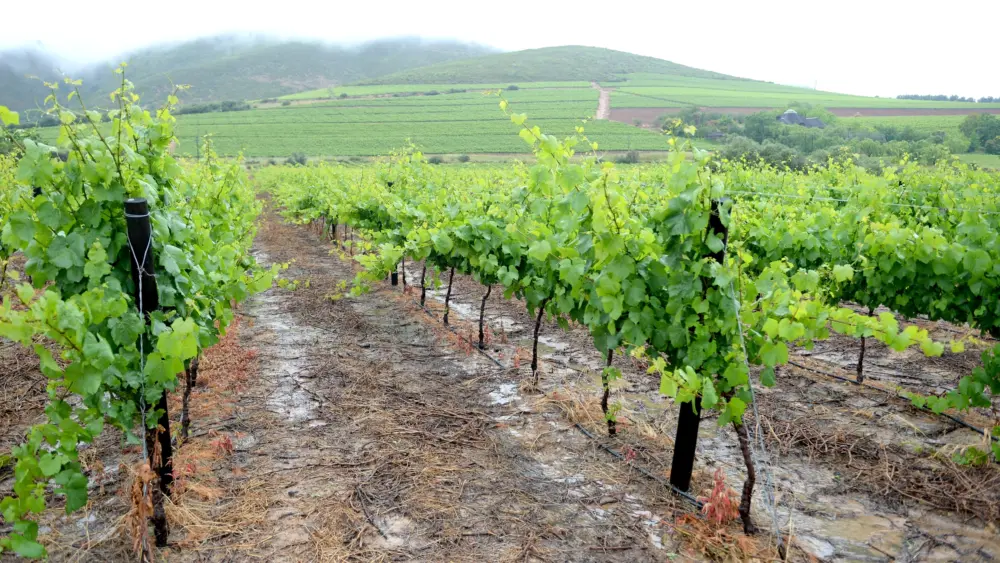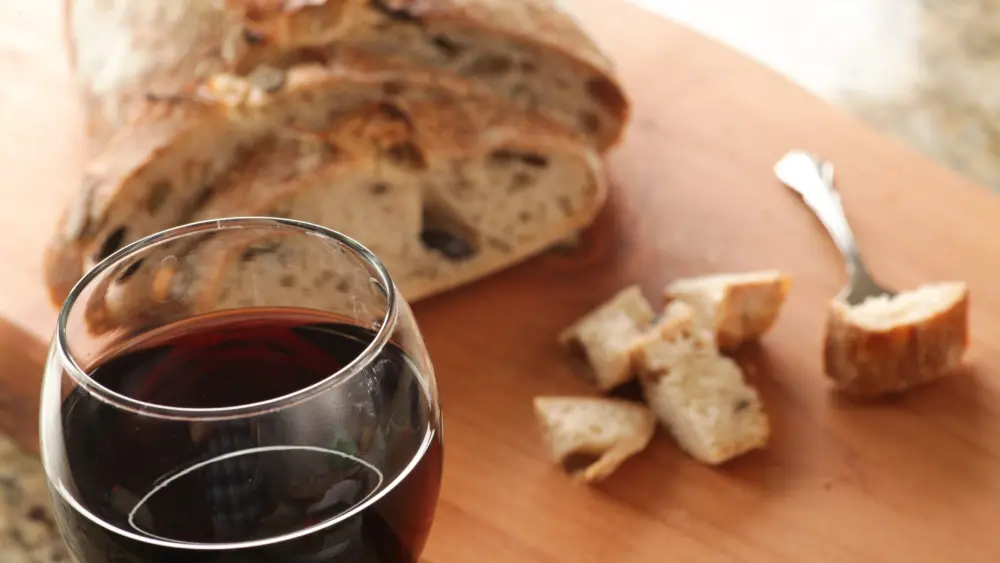The problem with wine distributors is out of control, but that’s not likely to change anytime soon.
When I was actively managing a winery and vineyard my number one point of concern was finding and retaining high-quality employees. In 2010, the unemployment rate in California was about 12 percent, but even then I found about half of my new hires seemed to be spending some of their time looking for other opportunities. Many of them were working on side projects, such as their own personal wine brands or consulting jobs. This was particularly acute for those hires in the winery and even more so for those working in the direct-to-consumer space. I can’t imagine what it’s like now.
Most wineries are constantly on the hunt to find someone to help them expand their Direct-To-Consumer (DTC) business. The math just makes more sense for selling at full price, directly, instead of going through a middleman such as a distributor. However, nearly all wine brands need a presence in both on- and off-premises (restaurants and retail shops), but achieving this goal comes at a hefty price in terms of both discounts and time, taking resources away from DTC efforts. Beyond that, dealing with distributors is about as frustrating, painful and ineffective as using your fist to drive a nail into a wall. Though most distributors say they’d like to have at least a few hard-to-find wines on their books, most have more wine than they can sell, and all of them have thousands of smaller producers banging at their doors, desperate to get into states such as New York, Florida and Texas.
As in many one-sided relationships where one party needs the other but the other is only modestly interested at best, what happens is that the small winery spends a lot of time managing the relationship, spending time on “work withs” with the distributors’ salespeople, going around to accounts and “helping” sell the wine.
So there I was, one of the winery’s owners, spending time flying around the country to sell wine through a distributor I was paying to sell in the first place. Not only that, but to get the attention of the distributor sales teams, I often took them out to dinner to get to know them and for them to get to know the wine, hoping that at least the restaurant might add the wine to the wine list to justify the expense. Most of the time (but not always) we left these dinners with a sale, but it was often meager, and within a few weeks the distributor’s wine sales force moved on to the next free dinner. On one such trip, a restaurant manager at one of the fancy and wildly expensive restaurants gave me the order when he presented me with the check for that night’s meal.
“I’ll take six of this one and 12 of this one,” he said, pointing to a bottle of my most expensive cabernet and then to the Chardonnay. I did the math quickly in my head: 18 cases of wine wasn’t too bad, so I left a little more in the tip than I might otherwise. Later, I found out he was talking about bottles of wine‑not cases.
The problem with wine distributors is out of control, but that’s not likely to change anytime soon.
While wine brands are jumping through the distributors’ hoops, they are also desperately seeking ways to improve their direct-sales channel. What everyone in the wine business knows (or should know) is that consumers want to find a wine they enjoy, but also one they connect with at some level, and they are willing to pay‑and keep paying‑when they find such a wine. That’s where DTC experts come in to play and why the best are being paid their weight in gold. There are good ones out there, to be sure, but what becomes painfully clear to anyone who has tried to find an effective DTC salesperson is that it’s nearly impossible for them to be successful unless they have a deep connection with the brand. This is tough, given that a lot of them are constantly looking for another opportunity outside the company or getting calls from other wineries every few days offering more money or better working conditions. So what happens in a small brand is that a person like me ends up being the de facto DTC salesperson, too. Who better to build such a connection with the consumer? The problem with this model is that it is not very scalable.
As the unemployment rate continues to decrease, customer service is at risk of decreasing, too. If workers don’t have to put up with what rolls down hill, then they often don’t put up with challenging customers or working conditions at all, just moving on to the next job. This goes for the vineyard as well as the winery. I know a bunch of winery and vineyard laborers who just left for construction jobs paying $25 an hour to start. Who can match that?
Will things change? Sure. The economy will slow at some point. But in the meantime, what wine companies need to figure out is how to find cost-effective ways to engage their customers in a meaningful manner, which means they might need to double their efforts to maintain their best employees while finding some way to rest up between trips to the distributors and wine dinners.
Author
-

Tim Carl lives, writes and teaches in Calistoga. He grew up in St. Helena and traces his Calistoga grape-growing roots back five generations. You can reach him at tcarl@northbaybiz.com.
View all posts



